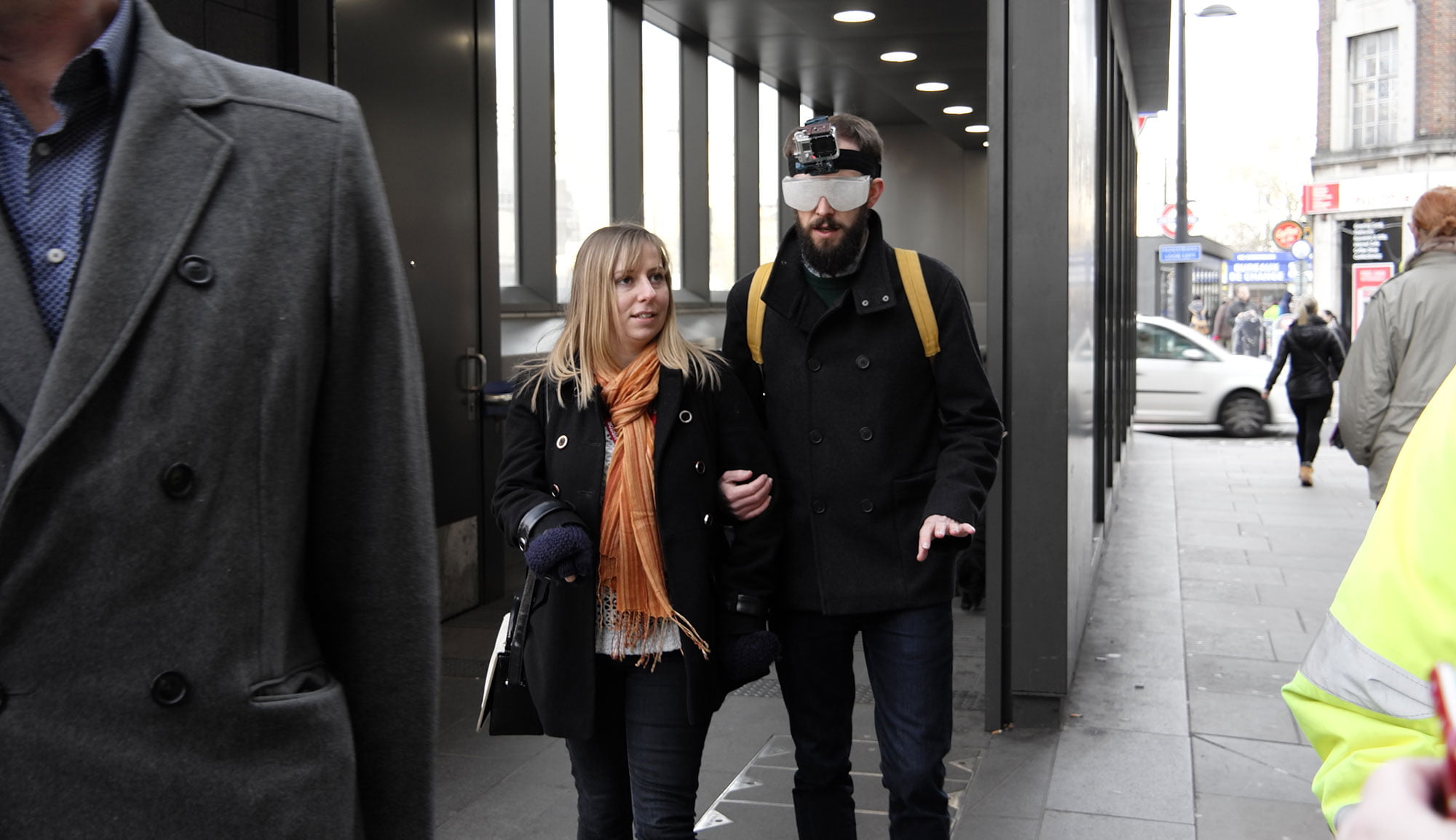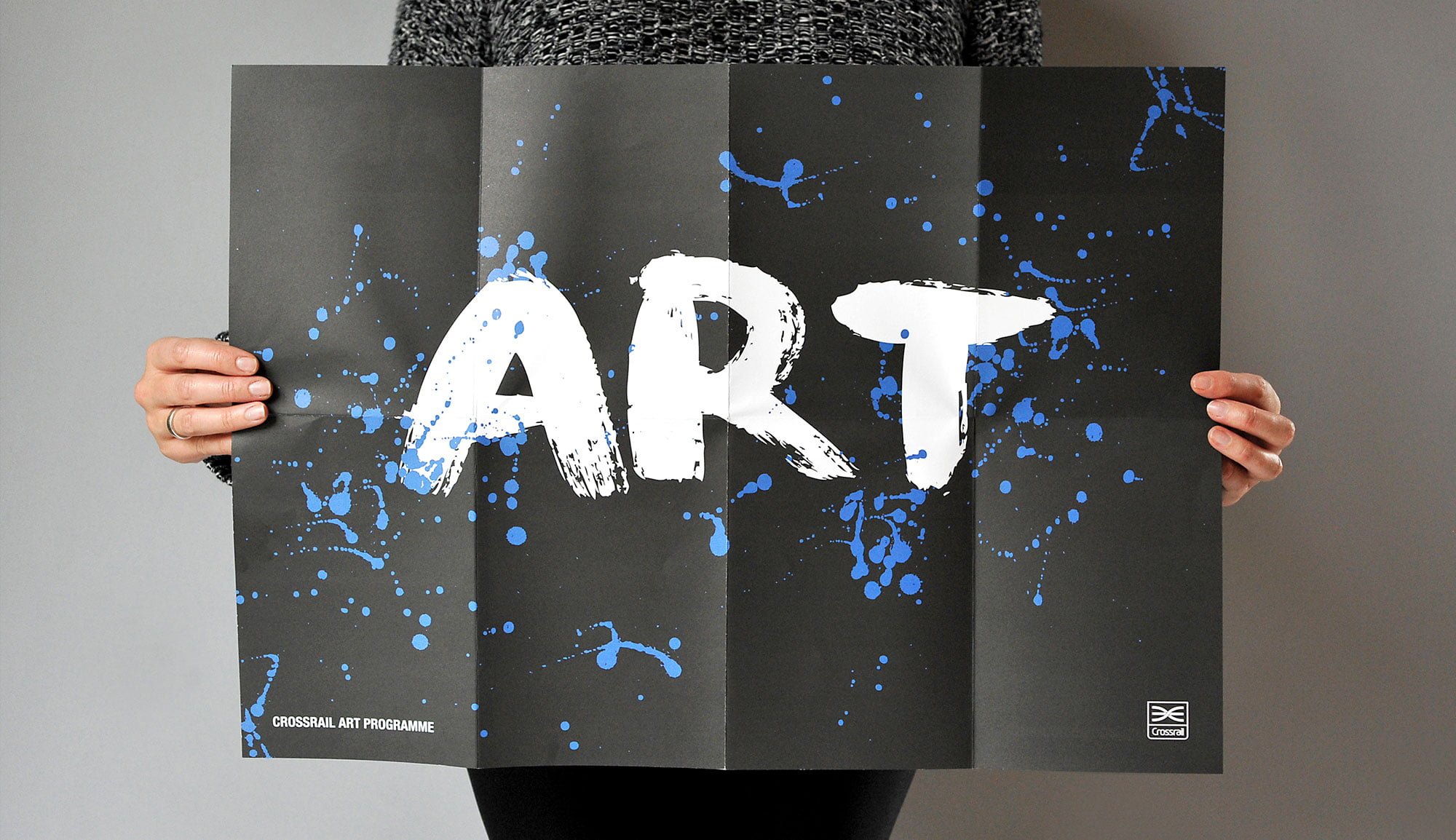Something really struck a chord with me when I interviewed a candidate for a wayfinding role and asked them why they were interested in the job: they said they remembered getting lost as a child and finding it one of the scariest experiences they had ever had.
Author: Sarah Lomas
The subtle art of signage
Simon Lee told Exhibition News about when it comes to event signage, getting visitors from A to B is an art form. It didn’t take long, however, for them to become clear that signage can influence the visitor journey round an exhibition in much more subtle and complex ways than simply pointing them in the right direction.
Obsession: Blade Runner
Ridley Scott and Syd Mead built a vision of 2019 based on clear socio-economic principles. Even as their future coincides with our present, it never feels like fantasy. I became aware of Blade Runner when I was a student in Manchester studying industrial design.
The pursuit of ‘smart’ design
From an urban and transport development perspective, we all strive towards the Smart City vision; one which is intent on integrating digital information and communication technology into our everyday lives whether we’re actively aware of it or not.
Are beacons the future of internal wayfinding?
Whilst you may rely on GPS to guide you outside or place you on a map, inside a building you may find the GPS signal you rely on bounces around and becomes very erratic. However we spend up to 90% of our time indoors, so what are the solutions for digital internal wayfinding? And could beacons be the answer?
Understanding why we behave the way we do
How our brains make the decisions we take is fundamental to the wayfinding design process, Maynard are excited to join the Royal Institute of Navigation’s ‘Cognition and Navigation’ special interest group, recently initiated to explore opportunities to apply the latest scientific thinking into real-world environments.
Design for inclusivity (and its challenges)
Approximately 1 person in 30 across the UK are living with sight loss. This is set to increase dramatically in the future; an ageing population, coupled with a growth in key underlying causes of sight loss such as obesity and diabetes, means that the number of people affected is set to rise from 2 million to nearly 4 million by 2050.
Smart London digital wayfinding
Maynard are thrilled to be winners of the Smart London District Challenge competition. The objective for this challenge was to generate smart wayfinding innovations that help London’s residents, visitors, businesses and developers better connect with their surroundings both physically and digitally.
Smarter journeys through intelligent assets
Following our recent entry in the institute for sustainability London Smart Districts Digital Wayfinding competition, the studio has been pursuing our interest in enabling smart cities solutions through intelligent and interconnected physical assets.
Art and ‘intuitive wayfinding’
As we know well from our work on the Crossrail art Program, art plays an important role in giving stations an identity and engaging passengers. In some stations it actually attracts people to the station. In others, art helps people identify stations which otherwise might look quite similar.









